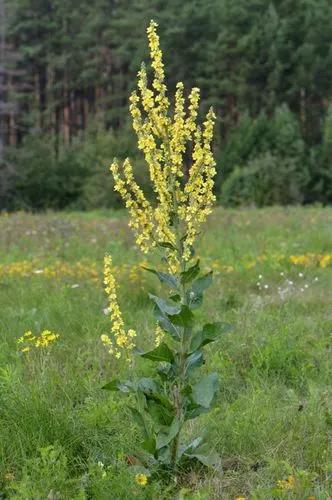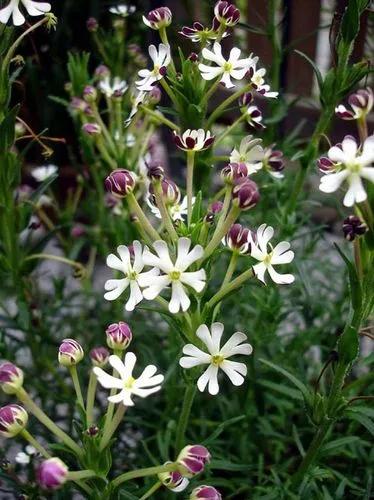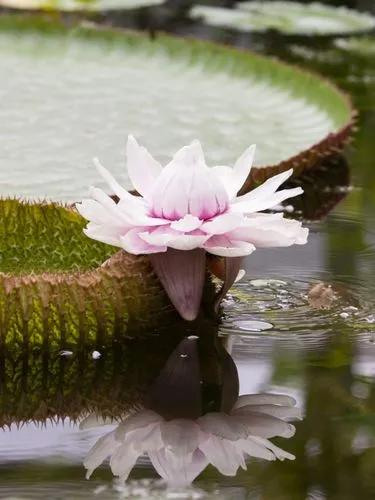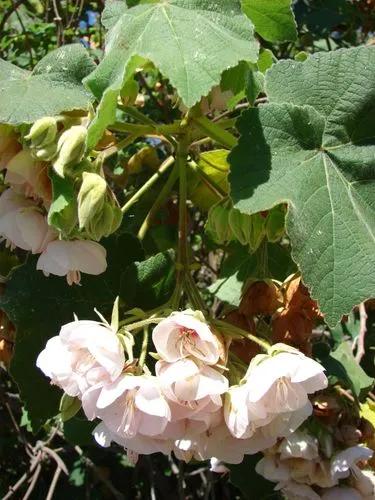Eriogonum fasciculatum is a species of wild buckwheat known by the common names California buckwheat and eastern Mojave buckwheat. It is cultivated as an ornamental plant, for planting in native plant, drought tolerant, and wildlife gardens.
California wild buckwheat Care
Eriogonum fasciculatum



Eriogonum fasciculatum is variable in appearance, forming a patchy, compact bramble or a spreading bush approaching 2 metres (6.6 ft) in height and 3 metres (9.8 ft) across. The leaves grow in clusters at nodes along the branches and are leathery, woolly on the undersides, and rolled under along the edges. Flowers appear in dense, frilly clusters which may be anywhere from a few millimeters to 15 cm wide. Each individual flower is pink and white and only a few millimeters across. The plant grows on slopes and dry washes in diverse habitats, including chaparral, coastal sage scrub, grasslands, sagebrush scrub, pinyon-juniper woodland, and creosote bush scrub.
How to Care for the Plant

Water

This plant doesn`t need any supplemental irrigation to establish. Also, it shouldn't need supplemental water after established, but it will tolerate occasional summer water better than most extremely drought tolerant California natives.

Sunlight

The plant prefers best in full sun.

Soil

The plant needs well-draining loamy soils with pH between 5.0 and 8.5.

Temperature

The plant is hardy in the areas with the lowest winter temperatures of −17.8°C (0°F).

Popularity

128 people already have this plant 34 people have added this plant to their wishlists
Discover more plants with the list below
Popular articles






